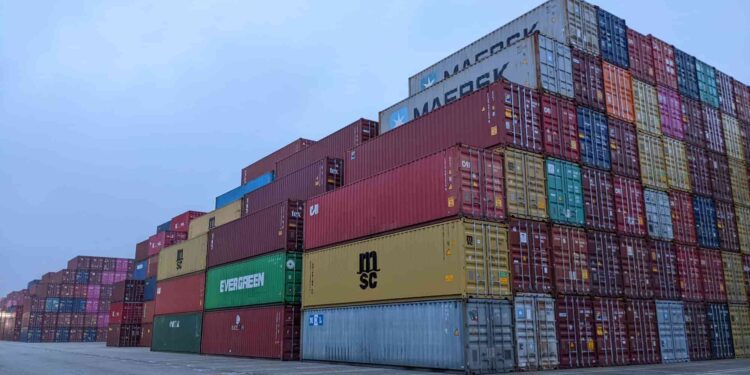The amount of containers handled at the 12 main gateways can help show how the economy is progressing. Use this tracker to research trends by port, coast and month.
Port volumes are a useful indicator as supply chain managers try to understand demand trends.
According to the Ministry of Transport, sea gateways accounted for 40% of the international freight value in 2022. As a result, tracking port volumes can be a good barometer for determining trade trends that last for years and months across the country.
Take the coronavirus pandemic as an example: from 2018 to 2020, the top 12 U.S. ports handled about 46 million twenty-foot equivalent cargo units, known as TEUs. Then, volumes skyrocketed to more than 53 million TEU in 2021 and 2022, leading to a notorious congestion and logistics delays.
So far in 2023, volumes have normalized to pre-pandemic levels, but by how much above or below 2019 will containerized trade end?
Tracking monthly data can help shed light on this question. Use this tracker to see the total volumes of the first twelve ports in the chart below as they are published. To sort the volume data and historical information by port, coast or month, scroll further down and apply the filters on the left. Total TEUs handled by the top 12 U.S. container ports, ranked by coast




















